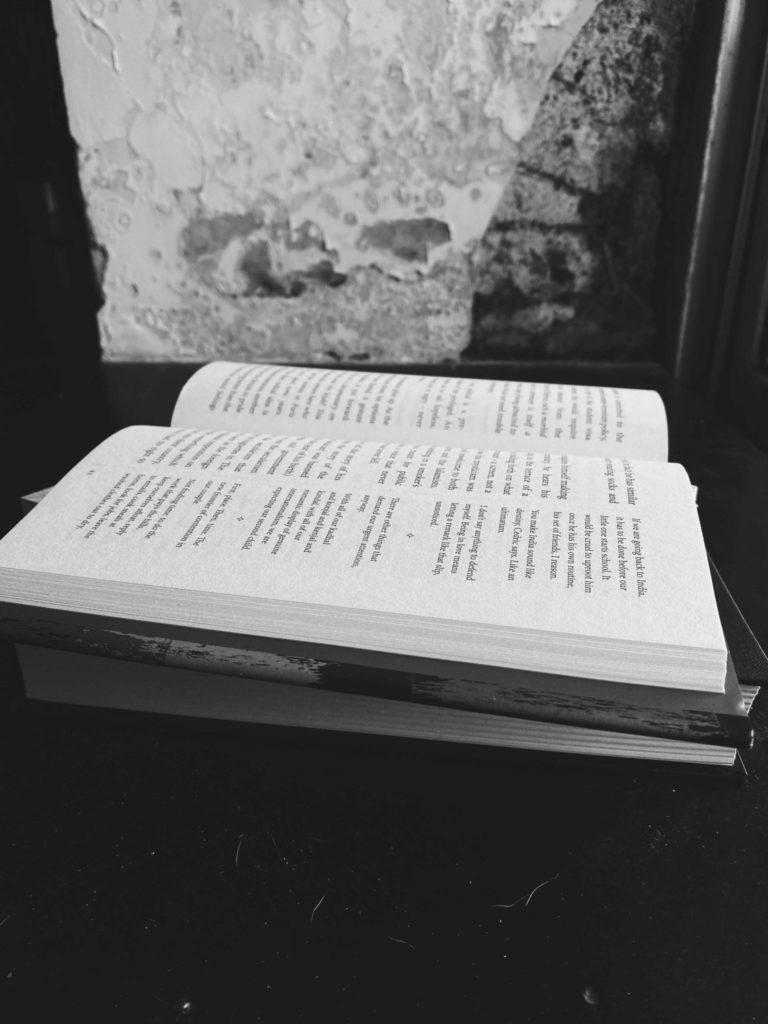
Recently I cracked open my slightly yellowed copy of Rebecca by Daphne du Maurier. The front page says I bought it from Parel, Mumbai, four years ago. I have no memory of this purchase. Therefore, as I read about the stifling Manderley before the release of the Netflix adaptation, I felt grateful for the inscription. This practice of writing a date and place in books has been an old habit of mine. Annotating books, however, is a newer addiction. I was vehemently against what felt like defacing books until the day I discovered the joy of running a parallel conversation in the margins while engaging with a book.
Nowadays, I seldom read a book without a pencil in hand.
In How to Read a Book (1940), Mortimer Adler says writing in a book is the highest respect a reader can pay the author. Notes left by other readers give us a voyeuristic pleasure through agreements and disagreements and also makes us question our understanding of the text. Samuel Taylor Coleridge’s annotations in books were much sought after. His friends would request him to mark their copies. Eventually Coleridge published his notes in collected volumes, thus uplifting the status of margin-talk into a literature of its own right. In modern times, marginalia allows us to glimpse into the past: the Oxford marginalia group on Facebook with many curiosities has 10.7K members, a crowd-sourced project—Booktraces—features forgotten marginalia from nineteenth and early twentieth century books from library collections, and reddit threads offer interesting ruminations. I find my own annotations a blessing when I revisit a book, perhaps after years. My pencil-conversations on the edges change as I mature as a person and a reader.
In 2019 Meena Kandasamy published Exquisite Cadavers where she played with form and structure. Here, each page is divided into two unequal parts. The novel—about Karim, a Tunisian filmmaker and Maya, a mixed heritage British layout artist at a liberal newspaper—occupies the bigger section. The novelist herself inhabits the other section. Being an Indian living in the UK with a Belgian partner, Kandasamy reminisces about the process of writing the novel, gives a commentary on Brexit and Indian politics, becomes vocal about political prisoners and killings in India, mourns her friends, and searches for an answer to ‘what is home’.
In Exquisite Cadavers, I often find a nugget in the behind-the-scenes that I had missed on my first read. Sometimes I find a personal connection—Kandasamy mentions her father’s ban on television and cinema and how this excluded her from pop culture conversations with her school friends. I scribbled alongside “My parents were strict about TV timings. I would have conversations (with friends) based on tabloid gossips. I didn’t have a ban though.” In another page, I am anxious for Karim’s looming deadlines and his confusion on where he stands on the topic of hijab. On the sidelines—where the novelist lives—I am elated to learn that “with all of our kadhal and konjal and kenjal and kindal” Kandasamy is expecting a second child. Sometimes I gulp down trivia—like how the name ‘Maya’ has roots in a Malayalam film or why her character is stolen from “a little bit of every Englishwoman I see” and how she makes Maya relatable to her as “I cannot make her me”—in the margins through which Kandasamy allows us to snoop on her process. Being a slim book, I’ve read Exquisite Cadavers several times. But now my eyes flit between the three spaces—my own comments in pencil on the margins, the author’s notes, and the actual story. These parallel worlds co-exist, jostling for space, making every read a new experience.
Unlike Exquisite Cadavers, my copy of Claire Fuller’s Swimming Lessons—which unfurls through letters kept in books—is unmarked. Barring the dog-ears and a note that says I read it in a January by narrating the story to my husband like a serialized drama. In Swimming Lessons, we are introduced to Gil Coleman—author, and professor—”thumbing through the second hand books from front to back, pausing at folded-over corners, or where the text has been underlined” in the first chapter. He is a lover of notes in margins, doodles, and paraphernalia. In a serendipitous twist, he sees a letter addressed to him in a book titled Who Was Changed and Who Was Dead by Barbara Comyns. It is from his wife, Ingrid, dated twelve years ago, around the time she disappeared.
The novel then progresses in alternating timelines—the present year 2004 through their daughter‘s point of view and the past through Ingrid’s letters dated 1992. In these contours, we see the contrast between Coleman in the present—as a father, ex-Professor, and famous author of a scandalous novel—and the past—philanderer, liar, and deceiver. We spy on love, marriage, betrayal, miscarriages, and lies through Ingrid’s letters scattered in their book collection. Ingrid doesn’t worry if Coleman ever reads them, and we are unsure by the end of the novel, how many he actually finds.
Fuller chose the book by Barbara Comyns as it was a favourite. Other letters find their way into books with titles or themes related to the scene being narrated. A letter about crumbling finances and an unaffordable pregnancy is shelved in Money by Martin Amis, and a chaotic gathering finds mention in the letter placed in T. S. Eliot’s The Cocktail party. Another letter citing a 1978 memory of a holiday in Florence when Ingrid witnesses her husband’s unfaithfulness is kept in Italian (Teach Yourself) by Lydia Vellaccio and Maurice Elston. Each letter, and the book that Ingrid chooses to hide it in, tells us a secret.
Like Ingrid, I leave memories in books. Nothing grand, sometimes a ticket if a book is purchased during travel, sometimes a receipt from a café for no particular reason. My margins are filled with notes, sometimes not even about the book but about the day I read a particular passage. I underline, circle, draw stars and hearts. I draw emojis beside sentences that make me smile, laugh, gasp. You’ll find exclamation marks and generously added question marks when I disagree or feel unsure about a text.
Billy Collins, in his poem Marginalia says, notes in margins are ‘ferocious’, ‘modest’, ‘dismissive’, and cheering and “Check marks, asterisks, and exclamation points, rain down along the sidelines.” A stanza from Collins’ poem reads as follows,
“We have all seized the white perimeter as our own
and reached for a pen if only to show
we did not just laze in an armchair turning pages;
we pressed a thought into the wayside,
planted an impression along the verge.”
Edgar Allan Poe, a marginalia aficionado, says “I have always been solicitous of an ample margin; this is not so much through any love of the thing in itself, however agreeable, as for the facility it affords me of penciling in suggested thoughts, agreements, and differences of opinion, or brief critical comments in general.” Mark Twain’s annotations brim with bluntness, acerbic wit, and criticisms. In Saratoga in 1901 by Eli Perkins, illustrated by Lumley, Twain scrawls “Droolings of an idiot” and accuses Perkins of ‘theft’ in more than one page. In an autobiography of Lew Wallace, author of BenHur, he writes, “The English of this book is incorrect & slovenly & its diction, as a rule, barren of distinction. I wonder what “BenHur” is like.” The title page of Twain’s copy of Plutarch’s Lives of Illustrious Men, translated by John Dreydon and others, shows his distaste—Translated from the Greek “into rotten English”, The Whole Carefully Revised and Corrected “by an ass.”
In the edges of an annotated book, I speak as a reader, and a new story co-exists with the author’s text. I conquer the margins with my own narration.
I look for ghosts of old readers in used books. I want them to show me how they walked and talked with the pages. My own dog ears, and pencil markings are precious to me. When I lend a book, I always whisper, “Please don’t disturb the folded edges”. They are bread crumbs for the future me to follow and perhaps end up in a new route altogether. Or sometimes they serve as repositories that evoke the memory of the time I read the book. This is why my well-thumbed copy of God of Small Things gets new notes each time I re-read it. Over the monsoons this year, I feverishly tore through the chunky Middlemarch and duly noted ‘read during period cramps and rainy days.’ In books that kept me occupied in isolation, I wrote ‘read during the pandemic’ in the hopes that I might come across them at a happier time. Notes, scribbles, scratches fill me with joy. They are fossils from a time when the book was alive, in conversation. They exist to tell the story that was.




